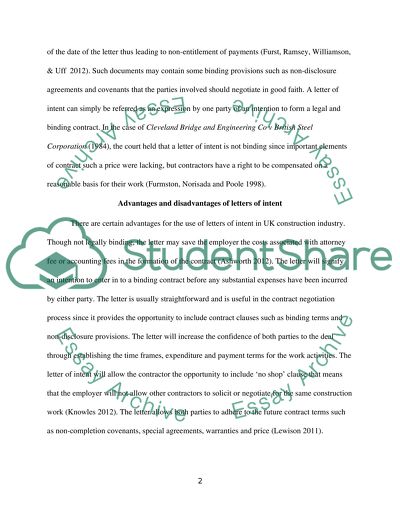Cite this document
(“Letters of Intent Essay Example | Topics and Well Written Essays - 2000 words”, n.d.)
Retrieved from https://studentshare.org/law/1468137-letters-of-intent
Retrieved from https://studentshare.org/law/1468137-letters-of-intent
(Letters of Intent Essay Example | Topics and Well Written Essays - 2000 Words)
https://studentshare.org/law/1468137-letters-of-intent.
https://studentshare.org/law/1468137-letters-of-intent.
“Letters of Intent Essay Example | Topics and Well Written Essays - 2000 Words”, n.d. https://studentshare.org/law/1468137-letters-of-intent.


